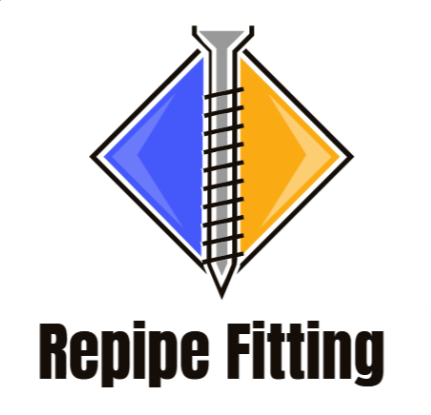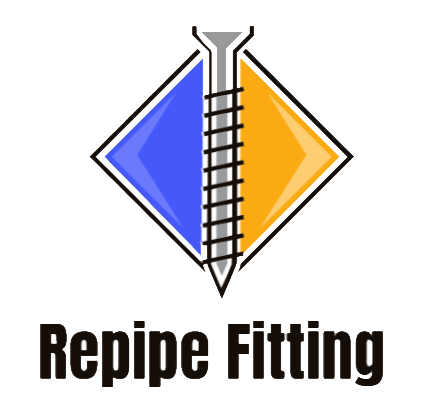Introduction:

Welcome, dear reader! If you’ve found yourself with no water pressure in your shower but plenty everywhere else in your home, you’re in the right place. This guide is designed to help you, the beginner, understand and tackle this issue with the wisdom of an experienced plumber. So, let’s dive in, shall we?
Common Issues of Having No Water Pressure in the Shower While Experiencing Plenty Everywhere Else:
When you’re facing a lack of water pressure in the shower, it could be due to a variety of reasons. It might be a clogged showerhead, a faulty cartridge, or even a blockage in the water supply line. These issues can be frustrating, especially when the rest of your plumbing seems to be working just fine.

- Clogged Showerhead: A common culprit is a clogged showerhead, often resulting from sediment build-up or mineral deposits. A simple vinegar soak and scrub with a brush can often resolve this issue, restoring your water flow to its former glory.
- Faulty Cartridge: The cartridge in your shower valve might be faulty, causing issues with water pressure. Replacing it might require some DIY methods or the help of a professional plumber.
- Blockage in Water Supply Line: Sometimes, the problem lies in the water supply line, where a blockage or leak might be affecting the water pressure specifically in the shower.
Importance of Addressing This Issue Promptly to Avoid Long-Term Plumbing Problems:
Addressing water pressure issues promptly is crucial to avoid long-term plumbing problems. Ignoring such issues can lead to more severe plumbing conditions, water damage, and costly repairs. Regular plumbing maintenance and quick response to any plumbing issue can help in water conservation and maintain water quality.
Solutions and Safety Protocols:
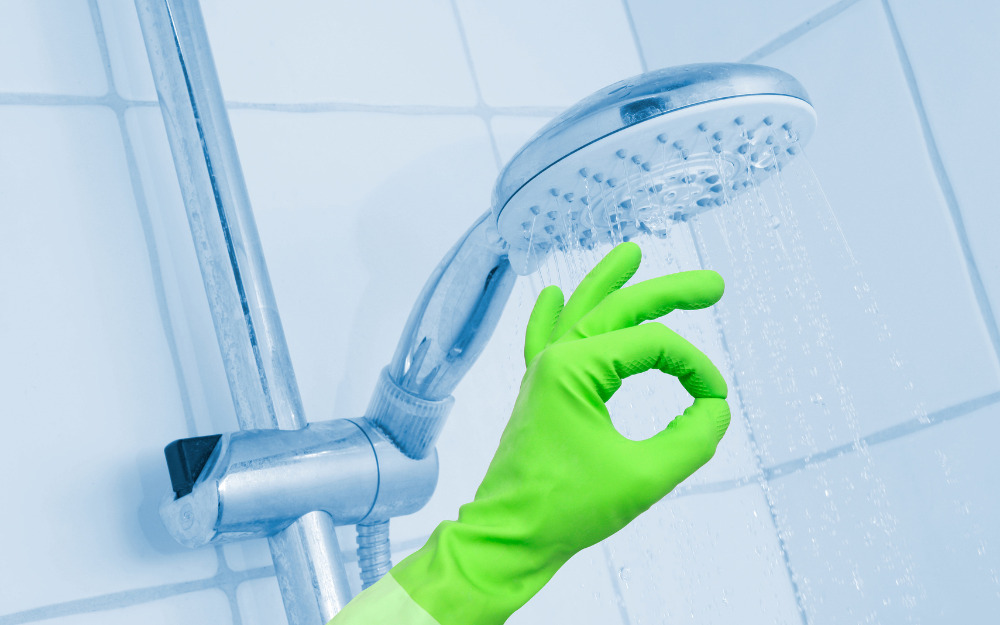
- Regular Cleaning and Maintenance: Regularly cleaning your showerhead and performing maintenance on your plumbing system can prevent sediment build-up and ensure consistent water flow.
- Diagnostic Testing: Conducting diagnostic testing can help identify any blockage, leak, or other issues in the water line, allowing for timely intervention and repair.
- Professional Plumbing Service: If DIY methods fail, don’t hesitate to call in a professional plumber. They can perform a thorough plumbing inspection, address any plumbing repair needs, and ensure the plumbing installation is functioning correctly.
- Water Treatment and Filtration: Installing a water softener system can prevent mineral build-up, and having a water filtration system can improve water quality, preventing debris and rust in pipes.
Causes and Solutions for Low Water Pressure in Shower:
Welcome back, dear reader! Let’s continue our journey into the world of plumbing and explore the various causes and solutions for low water pressure in your shower. Grab your tools and let’s get started!
A. Clogged Showerhead:

Mineral accumulation, often from hard water, can lead to a clogged showerhead, disrupting the blissful flow of your shower. This accumulation is usually composed of calcium and magnesium, which can block the water flow, leading to low water pressure.
Solutions:
- Cleaning or Replacing the Showerhead: Regular cleaning or, if necessary, replacing the showerhead can resolve this issue. A vinegar soak can be particularly effective for removing mineral deposits.
- Regular Maintenance: Regularly cleaning and maintaining your showerhead can prevent sediment build-up and ensure a consistent water flow.
- Water Softener or Filtration System: Installing a water softener or a whole-house water filtration system can prevent mineral accumulation, improving both water pressure and water quality.
B. Pressure Regulator Issues:
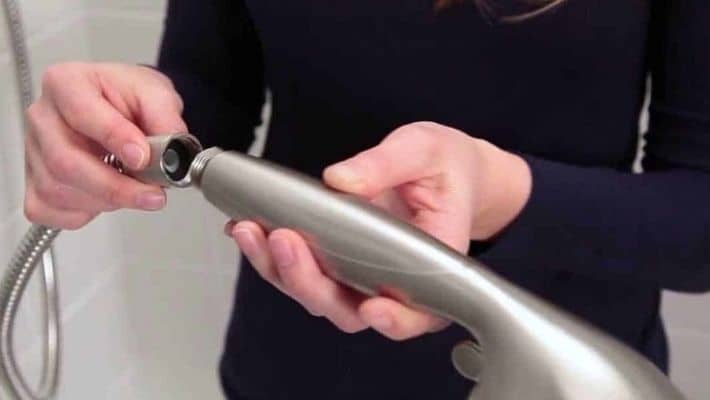
A malfunctioning pressure regulator can significantly lower water pressure. This device, also known as a pressure-reducing valve, regulates the water pressure from the municipal water supply, ensuring it’s at a safe level for your home.
Solutions:
- Adjusting the Pressure Setting: Sometimes, simply adjusting the pressure setting on the valve can resolve the issue.
- Repairing or Replacing the Pressure Regulator: If adjustments don’t work, the pressure regulator may need to be repaired or replaced, potentially requiring the services of a professional plumber.
C. Blocked Pipes:
Blocked pipes can be a major culprit behind low water pressure. Accumulation of minerals, debris, and sediment in the pipes can obstruct water flow, leading to pressure issues.
Solutions:
- Unclogging Pipes: Using appropriate tools or solutions to unclog pipes can restore water pressure.
- Installing Drain Strainers or Filters: These can prevent debris from entering and blocking the pipes, maintaining smooth water flow.
D. Worn-out Mixing Valve:
A worn-out mixing valve can disrupt the balance of hot and cold water, affecting water flow and pressure in the shower.
Solutions:
- Cleaning or Replacing the Mixing Valve: Regular cleaning or replacement can resolve disruptions in water flow.
- Regular Maintenance: Regular maintenance can prevent wear and tear, ensuring the longevity of the mixing valve.
E. Leaky Pipes:
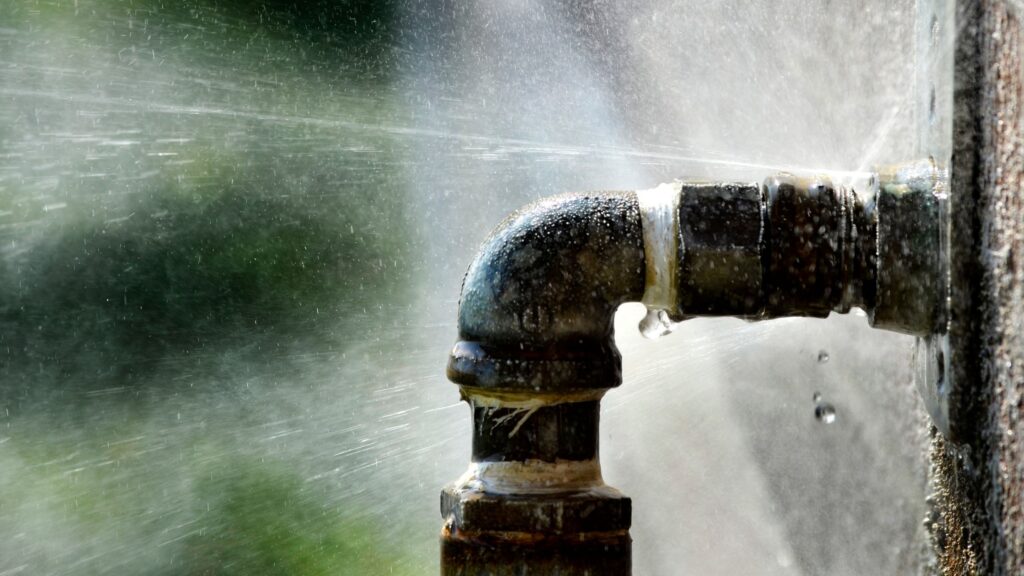
Leaks in the plumbing can reduce the volume of water available for the shower, leading to low water pressure. Leaky pipes can also lead to water damage and high water bills if not addressed promptly.
Solutions:
- Identifying and Repairing Leaky Areas: Regular inspections can help in early identification and repair of leaks, preventing water wastage and damage.
- Consulting a Professional Plumber: For major leaks, seeking professional plumbing service is crucial to avoid extensive damage.
F. Valve Issues:
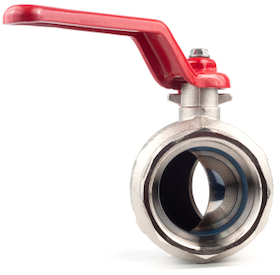
A closed or damaged valve can inhibit water flow, affecting the water pressure in the shower.
Solutions:
- Opening, Repairing, or Replacing the Valve: Ensuring that all valves are open and functioning properly can resolve water flow issues.
G. Water Heater Problems:
Issues with the water heater can affect the water pressure, especially if it’s affecting the hot water supply.
Solutions:
- Opening the Shut-off Valve: Sometimes, the shut-off valve to the water heater may be partially closed, affecting water flow.
- Cleaning the Water Heater: Regular cleaning can prevent sediment build-up in the water heater, maintaining optimal performance.
- Investing in a Larger Water Heater: If the current water heater is insufficient for your needs, upgrading to a larger one can improve water pressure.
Preventive Measures:
Importance of Regular Maintenance and Inspections:
Regular maintenance and inspections are crucial to prevent water pressure issues. By keeping an eye on the plumbing system, potential problems can be identified and addressed before they escalate, ensuring a steady water flow and optimal water pressure. Regular cleaning, especially of areas like the aerator and showerhead, can prevent clogging due to sediment build-up and mineral deposits.
Recommendations for Using Quality Replacement Parts and Consulting Professional Plumbers:
When dealing with plumbing issues, using quality replacement parts is essential to ensure longevity and optimal performance. For extensive issues, especially those involving the water supply line or pressure-reducing valve, consulting a professional plumber is highly recommended. They can provide expert plumbing service, conduct thorough plumbing inspection, and offer the best plumbing solution to resolve the issue effectively.
Conclusion:
Recapitulation of the Causes and Solutions:
In conclusion, low water pressure in the shower can be attributed to various causes, such as clogged aerators, blocked cartridges, or malfunctioning pressure-reducing valves. Regular maintenance, use of quality parts, and timely interventions, whether DIY methods or professional plumbing repair, are crucial to maintain optimal water pressure and prevent plumbing problems.
Encouragement for Prompt Action:
Taking prompt action to resolve water pressure issues is essential to avoid water damage, high water bills, and ensure a comfortable and efficient water flow. Maintaining the plumbing system, addressing leaks, and ensuring the proper functioning of all components will contribute to water conservation and improved water quality.
FAQ :
Q. -How can I maintain optimal water pressure in my shower?
A. -Maintaining optimal water pressure involves regular cleaning of showerheads and aerators to prevent clogging, addressing any leaks promptly, and ensuring that the pressure-reducing valve is functioning correctly. Regular plumbing maintenance and inspections can also help in identifying and resolving any issues early on.
Q. – When should I consult a professional plumber for water pressure issues in the shower?
A. – Consulting a professional plumber is advisable when you are unable to identify the cause of the water pressure issue, when DIY interventions do not resolve the problem, or when there is extensive damage or complex issues involving the water supply line or other major components of the plumbing system.
Q. – Can adjusting the pressure regulator resolve water pressure issues in all cases?
A. – Adjusting the pressure regulator can resolve issues related to abnormal water pressure settings, but it may not resolve water pressure issues caused by clogs, leaks, or other damages in the plumbing system. A comprehensive approach involving cleaning, maintenance, and repairs is often needed to address water pressure issues effectively.
Q. – How often should I clean or replace my showerhead to prevent clogging?
A. – Cleaning the showerhead once a month can help prevent clogging due to sediment build-up and mineral deposits. However, if you notice a consistent drop in water pressure or visible signs of wear and tear, it might be time to replace the showerhead.
Q. – Is it advisable to attempt DIY interventions for plumbing issues, or should I always seek professional help?
A. – While minor issues like cleaning a clogged aerator or replacing a showerhead can be addressed with DIY methods, more complex issues, especially those involving the water supply line, pressure-reducing valve, or leaks, should be addressed by a professional plumber to avoid further damage and ensure effective resolution.
Don’t let low water pressure disrupt your comfort! Be proactive in maintaining your plumbing system, seek professional advice when needed, and use quality replacement parts to ensure the longevity of your plumbing fixtures. Remember, a well-maintained plumbing system contributes to water conservation and a comfortable living environment. So, let’s be responsible and take good care of our plumbing systems!
